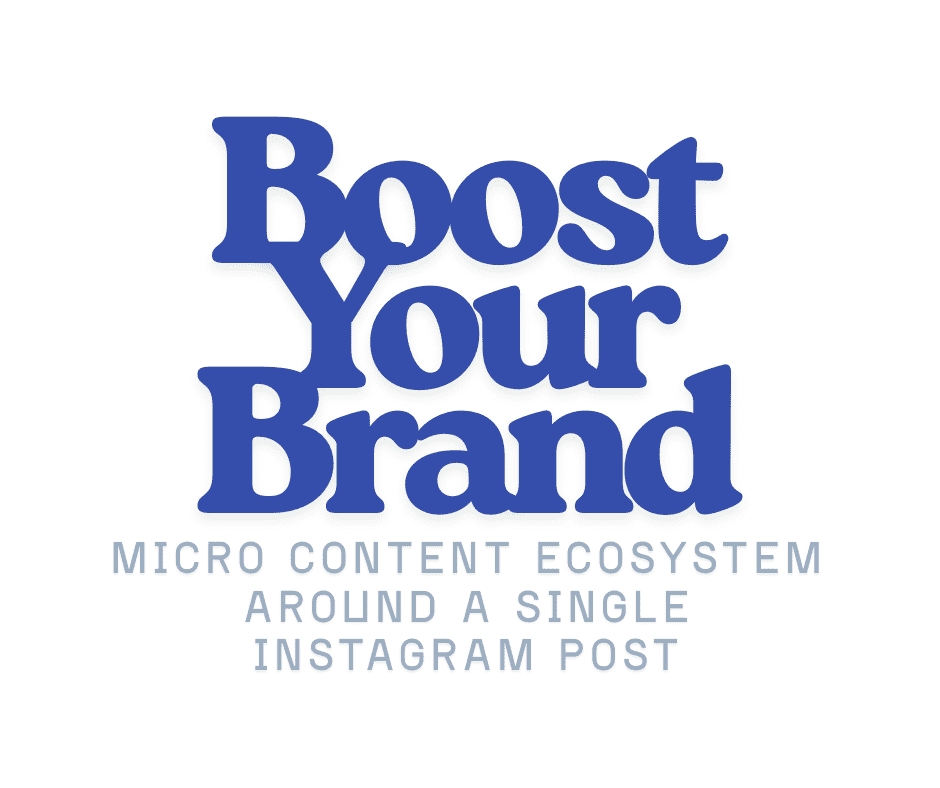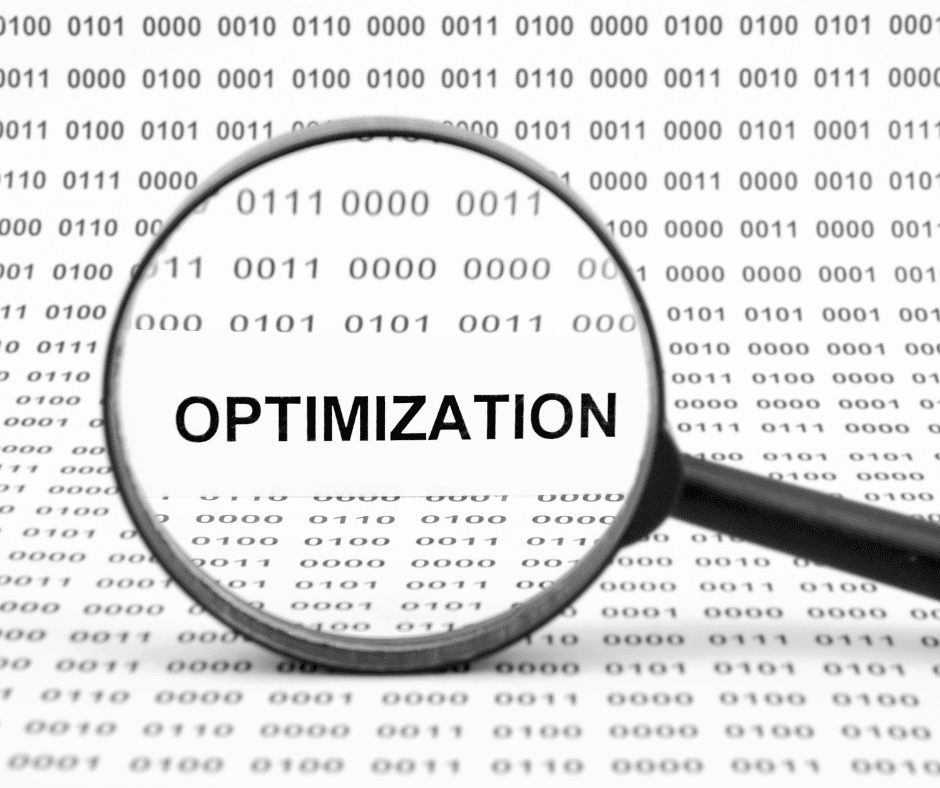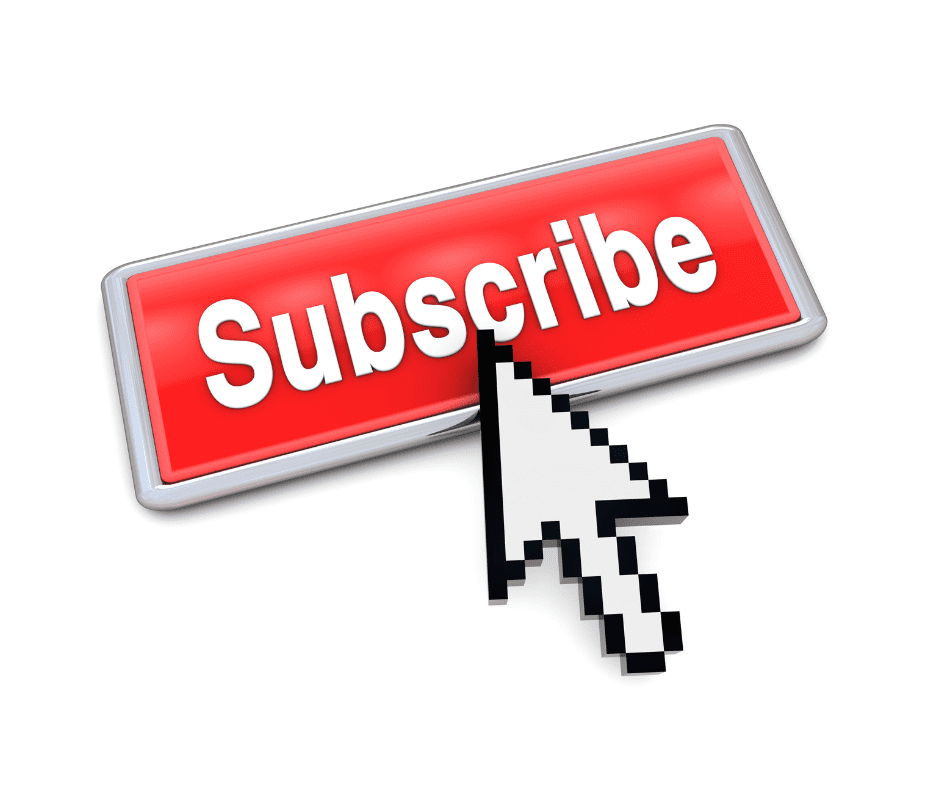Last Updated on August 19, 2025 by Val Razo
In today’s fast-paced digital marketing landscape, brands need to do more with less—especially when it comes to content. That’s where a micro-content ecosystem can transform how you create content. Instead of constantly starting from scratch, imagine turning a single Instagram post into a full suite of high-quality social media posts, blog posts, Instagram Stories, LinkedIn updates, and even newsletters. This not only boosts your brand’s visibility, but also helps you save time, reach multiple platforms, and maintain a healthy ecosystem across your marketing channels.
By mastering content repurposing, you can ensure that every piece of content works harder for you. Whether you’re a creator, marketer, or content strategist, this approach streamlines your process, reinforces your message, and improves overall conversion. In this guide, we’ll show you how to build a micro-content ecosystem around a single Instagram post—and how to do it in a way that drives real results, grows your subscriber base, and builds a loyal community.
What Is a Micro-Content Ecosystem and Why It Matters for Your Brand
Understanding the Content Ecosystem
A micro-content ecosystem is a structured approach to content creation that turns a single, core piece of content into a network of smaller, targeted assets. These can take the form of explainer videos, Instagram Stories, blog posts, podcasts, or quick-hit social media posts designed to reach your audience across multiple platforms.
This approach ensures your content strategy isn’t just reactive—it becomes holistic. Instead of treating each post as disposable, you design with distribution in mind. The result? A healthy ecosystem that strengthens your messaging and maximizes content shelf life.
How Micro-Content Supports Brand Visibility
By building an ecosystem, every piece of content works in service of the others. Your audience might first encounter a TikTok clip that links back to a longer YouTube video or long-form content on your blog. That blog post could include a free guide, which helps grow your subscriber base or promote a product or service.
Each repurposed asset supports the next, creating a web of value and outreach. This structure not only drives traffic and improves conversion, but it also boosts your brand’s visibility in search results by increasing the number of keyword-rich pages tied to your existing content.
I once posted a carousel on Instagram about my favorite tools for content batching. That one post turned into a LinkedIn article, a newsletter tutorial, two TikToks, and even a downloadable checklist. What surprised me most was that the newsletter version drove more signups than any other piece of content that month.
The Role of Instagram in Today’s Content Strategy
Instagram remains a foundational platform in the content marketing stack—not just because of its reach, but because of its flexibility. A single carousel or Instagram Story can be repurposed into several other types of content across different platforms like LinkedIn, TikTok, or even email newsletters.
Instagram’s built-in features like DMs, Stories, and Reels offer real-time engagement, helping you uncover your audience’s pain points and generate new content ideas. With the right workflow and tools like scheduling apps or AI editors, you can take that single Instagram post and turn it into a multi-week campaign that drives discovery, nurtures leads, and engages your ideal clients.
Turning One Instagram Post Into Multiple Content Types
Content Types You Can Repurpose From One Post
When it comes to repurposing, a single Instagram post can serve as a foundation for a variety of content types. For example, a well-designed carousel that outlines 5 key tips can be transformed into:
-
A blog post diving deeper into each tip
-
A LinkedIn post with a fresh tone for a professional audience
-
A series of Instagram Stories or Reels for real-time engagement
-
A snippet for your newsletter with a CTA to “read the full breakdown”
-
A voiceover or script for a podcast or explainer video
-
A quote graphic for TikTok or Pinterest
This approach ensures your content strategy reaches multiple platforms, in formats that suit how your audience consumes content. It also increases the chances that your message hits at the right time in the right place, which is essential for driving conversion.
Tools and AI to Speed Up Your Workflow
Modern creators and marketers are no longer manually editing, cropping, and rewriting everything from scratch. You can now optimize content and automate your workflow with tools like:
-
Notion AI and ChatGPT to help create a content calendar
-
Repurpose.io to automatically clip and format video for different platforms
-
Canva or Adobe Express for on-brand visual templates
-
Metricool or Buffer to automate posting and analyze performance
-
Descript for video/audio editing and real-time transcription
These tools allow you to save time and stay consistent without sacrificing quality. The goal isn’t to flood the internet—it’s to streamline and optimize your content so it meets your audience’s needs wherever they are.
Connecting Instagram to Your Newsletter and Other Channels
A micro-content ecosystem isn’t complete unless your Instagram presence supports broader brand goals—like growing your subscriber base or nurturing leads. For example:
-
Use Stories to tease exclusive content and drive clicks to join the newsletter
-
Turn carousel posts into newsletter sections, linking to your long-form content
-
Use DMs to offer free resources (like a free guide) in exchange for an email
This cross-promotion strategy turns passive scrollers into engaged subscribers, and it ensures your marketing efforts are built around existing content rather than starting from scratch. You’ll also get better analytics when tracking how users interact across platforms where your audience lives.
After launching a free guide on Instagram content planning, I broke it down into small bite-sized tips across Stories and Reels. The traffic from those micro-posts led to a 28% increase in email subscribers within two weeks. It proved how effective a micro-content ecosystem can be when every piece connects back to a single goal.
Building a Content Strategy That Aligns With Your Ecosystem
Mapping Content to the Customer Journey
A strong content strategy isn’t just about creating content—it’s about creating the right content for the right stage of the customer journey. Start by breaking down your content ecosystem into three stages:
-
Awareness: Repurpose content into bite-sized insights on Instagram or TikTok to grab attention
-
Consideration: Share deeper, long-form content through your newsletter, blog posts, or LinkedIn updates
-
Decision: Offer case studies, testimonials, or free guides that directly address pain points and drive conversion
Every piece of content should have a purpose—and work as a bridge to the next step in your funnel. This creates a seamlessly connected journey across multiple platforms.
Optimizing for SEO and Discoverability
Even your Instagram post can influence SEO—especially when you embed it into blog posts, or link to it from high-performing pages. To increase search results visibility:
-
Use keyword-rich captions, alt-text, and file names
-
Turn Instagram Stories into SEO-focused recap articles
-
Embed posts into optimized long-form content or case studies
This approach helps reinforce your core message and ensures your content marketing supports both brand visibility and organic discovery.
How to Drive Subscribers to Join the Newsletter
Your newsletter is one of the most valuable assets in your micro-content ecosystem. Here’s how to use your content to build it:
-
Add “Join the newsletter” CTAs in every platform
-
Tease content only available to subscribers
-
Turn popular social media posts into email series or exclusive insights
-
Use automation to send new content directly to your list
With consistent touchpoints and aligned messaging, you convert passive followers into active subscribers, helping build a loyal community while capturing leads who are genuinely interested in your product or service.
The Creator’s Workflow: From Instagram to Multi-Channel Distribution
Batch Creation and Scheduling
One of the most effective ways to manage a micro-content ecosystem is through batch content creation. Instead of jumping from idea to idea, creators should focus on producing multiple content types in one session based on a single Instagram post.
Here’s how a typical batch might look:
-
Record a long-form video based on your post → edit it into short TikTok or Reels clips
-
Pull quotes or stats for LinkedIn or Twitter/X
-
Design supporting graphics using tools like Canva
-
Convert the content into a rough draft for a blog post or newsletter
-
Schedule everything with automate posting tools like Metricool or Buffer
This method reduces creative fatigue and helps streamline your workflow, freeing up time for strategy, analytics, and audience engagement.
Platform-Specific Tweaks for Content Marketing
Content that performs well on one channel often needs adjustment for others. To ensure your message resonates across different platforms, tweak:
-
Tone – Professional for LinkedIn, casual for Instagram Stories, playful for TikTok
-
Format – Use vertical video for mobile-first channels, and text/image for blog or email
-
CTA – “Join the newsletter” might become “DM me for the full guide” on social
These platform-native nuances help your content marketing feel natural, not forced, and ensure that every piece of content drives engagement without sounding repetitive.
Engaging Subscribers Across Channels
After someone subscribes, your job is just beginning. Use insights from your content to optimize your content flow and build a feedback loop that improves conversion. Here are a few tips:
-
Segment subscribers based on their content engagement
-
Include “reply to this email” CTAs to gather feedback and uncover audience needs
-
Repurpose highly clicked newsletter content into social media posts
-
Track performance across marketing channels with detailed analytics
The goal? Keep your subscriber list warm, engaged, and growing—while maintaining alignment with your overarching content strategy.
Later, a leading social media scheduling tool, published a case study in 2023 showing how they repurposed Pinterest Pins into blog content and short-form Instagram videos. The strategy led to a 40% increase in website traffic and improved Pinterest engagement by 32%.
Real-World Examples and Content Ecosystem Case Study
How Creators Use Instagram to Build Ecosystems
Successful creators don’t just post and ghost. They use Instagram as the spark for a larger content marketing engine. For example, a single post outlining “5 ways to improve your morning routine” can evolve into:
-
A blog post expanding on each point
-
A series of short videos for TikTok and Reels
-
Visual quotes for LinkedIn
-
An audio reflection in a podcast episode
-
A themed newsletter linking to deeper resources
This method not only boosts your brand’s visibility, but it also builds a loyal community that follows you across multiple platforms.
Lessons From Brands That Excel in Content Strategy
Let’s take a look at Buffer, a brand known for its thoughtful content strategy. Buffer regularly shares social tips via Instagram, then expands those into full case studies, tutorials, or podcast episodes. They use AI tools to draft ideas, automate posting, and track performance with in-depth analytics.
Their approach reinforces a simple truth: a strong workflow and strategic repurposing system can multiply your results while reducing burnout.
Key takeaways:
-
Start with a single, clear message
-
Plan out content types in advance
-
Build once, distribute endlessly
-
Audit and optimize based on performance data
89% of marketers using Instagram Stories say it drives meaningful business results, including email signups and website visits, per HubSpot’s 2023 Social Media Trends report.
Applying These Tactics to Your Workflow
Ready to try it yourself? Start with one high-value Instagram post—a tip, quote, or insight. Then:
-
Repurpose it into at least 3 content types
-
Use tools like ChatGPT or Descript to reformat quickly
-
Set up a workflow in Notion, Airtable, or Trello
-
Schedule the content across different platforms
-
Track engagement and optimize your content based on what performs best
This repeatable system turns one idea into a full campaign—aligning your content creation with business goals while reaching more of your ideal clients.
Conclusion
A strong micro-content ecosystem isn’t about creating more—it’s about creating smarter. With one well-crafted Instagram post, you can generate dozens of assets that live across multiple platforms, speak to different segments of your audience, and support every stage of your content strategy.
By leveraging AI, automation, and the power of repurposing, you not only save time but also ensure your message stays consistent and impactful. Whether you’re building a brand, promoting a product or service, or simply aiming to grow your subscriber base, this method allows you to scale without burnout.
Start small. Start strategic. And most importantly—start now. Because when your content works together, your entire marketing ecosystem thrives.
Frequently Asked Questions
How do I audit my existing content ecosystem?
To audit your content ecosystem, start by mapping all current assets—blog posts, videos, social posts, newsletters—and connect each to your content goals. Evaluate which pieces still convert, which perform well in search results, and which need updating or repurposing. Use tools like Google Analytics or Notion to organize the findings and identify content gaps.
What’s the best way to uncover new content ideas from an Instagram post?
One of the best ways to uncover new content ideas is to review your audience engagement: look at comments, DMs, and shares. Analyze what questions are being asked, what gets saved or shared, and what resonates. From that, you can spin off tutorials, FAQs, carousels, or even a free guide based on that interaction.
Can a free guide really help grow my audience or sales?
Absolutely. A free guide serves as a value-packed lead magnet that attracts your ideal clients while building trust. Use a key insight from your Instagram content as the starting point, then expand it into a downloadable guide offered in exchange for email sign-ups. This positions your brand as a solution-provider and sets the stage for nurturing and conversion.
How do I convert followers into paying clients using a micro-content ecosystem?
To convert followers, your content must follow a clear journey: awareness → trust → action. Use micro-content to deliver quick wins, showcase authority, and then guide users toward your offer—be it a service, product, or consultation. Smart CTAs like “DM for details” or “Join the newsletter for more” are great conversation starters that lead to conversion.
What kind of content ideas resonate most with ideal clients?
Ideal clients are drawn to content that solves specific problems. Focus on content ideas that address FAQs, share quick wins, or bust industry myths. Case studies, before-and-after stories, and actionable tips from your own experience tend to perform well. When in doubt, ask your audience directly in Stories or polls.
Author Bio
Val Razo
Val Razo is a skilled professional in the field of Instagram Marketing. With over five years of experience as a freelance Social Media Marketing consultant, Val has assisted numerous small and medium-sized businesses in achieving their goals.





